In 1993, in the Chehrabad salt mines in Zajan Province, Iran, workers and archaeologists discovered the mummified remains of five miners who had been killed in a mining accident. They named them the “Saltmen of Zajan”.
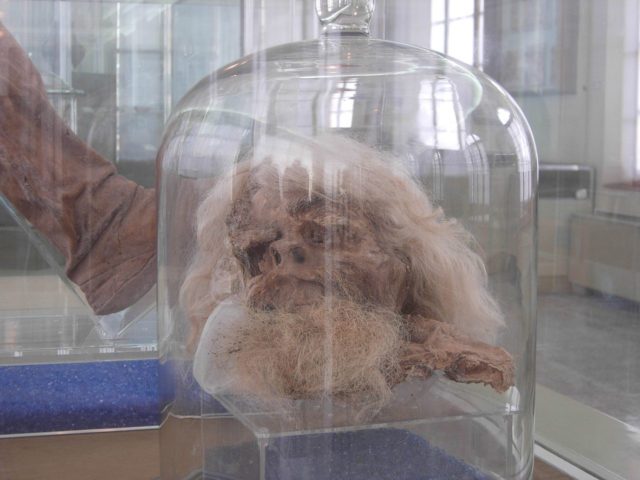
They were preserved by a very rare form of natural mummification which had occurred in the salt mine. By 2010, the remains of an additional man had been discovered. The first one was 1,800 years old and was recently exposed when heavy rains pounded the salt mine.
His head, which was very well preserved, and his left foot are on display at the National Museum of Iran in Tehran. The other five range in date from the Achaemenid (6th to 4th century BC) period to the Sasanian era (4th to 6th century AD).
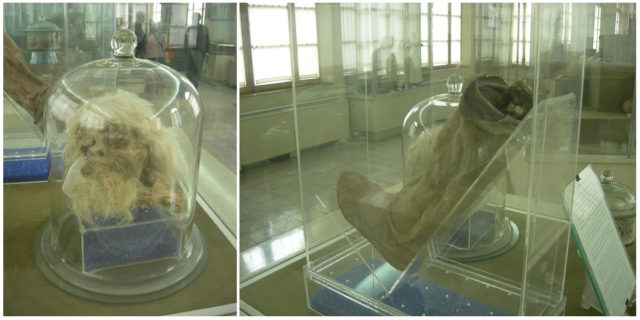
The first Salt man had a long hair, a beard, some artifacts, and a golden earring on the left ear, which indicated that he was a person of rank.
The local Zanjan branch of the Miras Farhangi was called, and they did a rescue excavation and found a lower leg inside a leather boot, three iron knives, a silver needle, a woolen half trouser, a leather rope, a sling, some pottery shards, a walnut, a grindstone, and finally, a few broken bones. The team found the body in the middle of a tunnel approximately 45 meters in length.
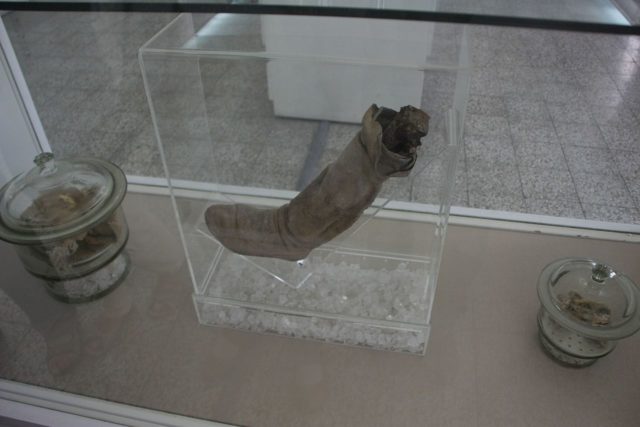
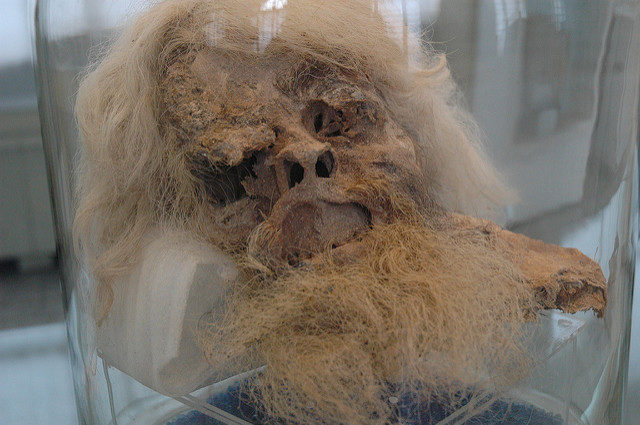
After archeological studies of different samples of textiles and bones, the five other Salt Men were dated to about 1, 700 years ago. By testing a sample of hair, it was determined that the six Salt Men were B+ blood group. The third body was dated to 2337 BC, the fourth body to 2301 BC, and the fifth body was dated to 2286 BC. It has now been determined that the bones of 8 men were present in the cave.
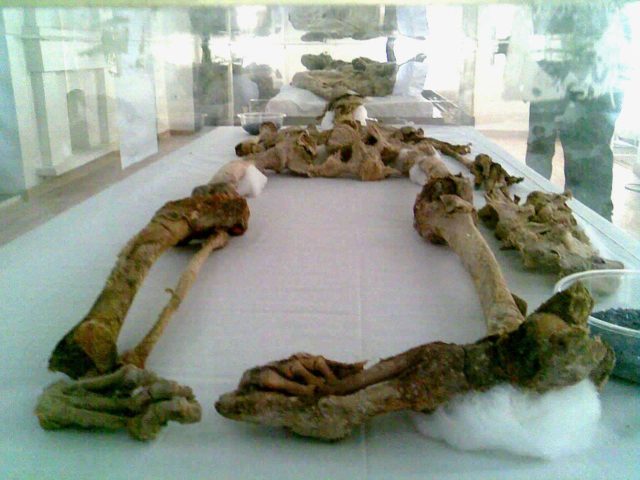
Some of the Salt Men still had food in their stomach, which can be analyzed to provide new information on ancient diets. Raw or undercooked meat, and also ancient parasites, were found in their intestines. These findings greatly contribute to the knowledge of gastrointestinal pathogens in the Near East.
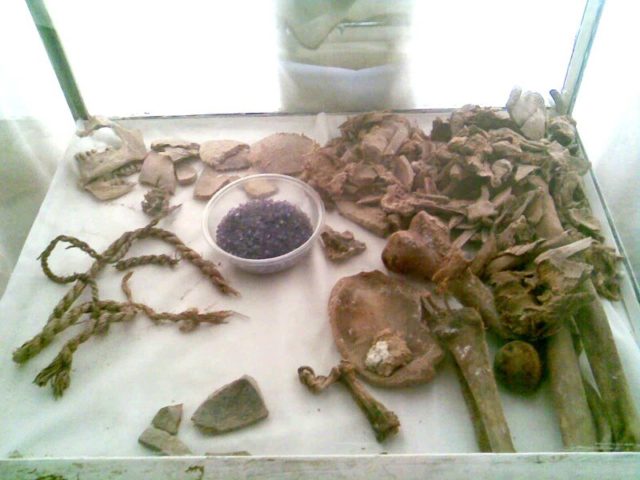
In 2008, the mining permit for the Chehrabad Salt Mine was canceled by Iran’s Ministry of Industries and Mines and the site was declared as an archeological research center so more work can be done on the Salt Men.
